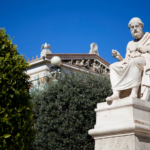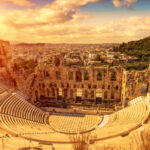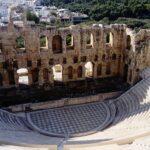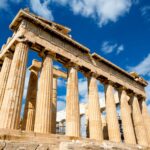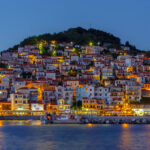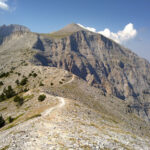Ancient Greece is one of the precursors of European civilization. It is also an inspiration for all Western countries.
The ancient Greeks established the canons of: aesthetics, beauty, literature, architecture, sculpture, valid to this day, and initiated the theatrical art.
However, an exceptionally distinguished group of Greek artists are writers and philosophers…
Plato
Plato was a Greek philosopher, he dealt with almost all fields of science. He was born in Athens around 427 BC. He came from an aristocratic family. An interesting fact about Plato is that he was kidnapped by pirates at the age of 18.
The concept of platonic love comes from the writings of a man. Traditionally defined as focusing on the spiritual relationship of lovers, rather than their physical intimacy.
In Polish literature, an example of platonic love can be found in “Forefathers’ Eve”, part IV, written by Adam Mickiewicz. The main character, Gustaw, breaks the law of death and, as a lost soul, searches for his beloved on earth.
It also appeared in world literature, including in the works of Francesco Petrarch “Sonnets to Laura” and Marsilio Ficino “Delia, Object of the Supreme Virtue”.
Platonic love is also reflected in more or less famous quotes. The oldest of them date back to antiquity. Some praise platonic relationships as the highest form of love.
“True love begins when you expect nothing in return” – Antoine de Saint-Exupéry.
Homer
Homer was a Greek wandering singer, epic poem and reciter. The father of epic poetry and the precursor of heroic poetry. According to legend, Homer was blind, and even his existence is questioned.
He is known for his works: “Iliad” and “Odyssey”.
In “Pan Tadeusz” Adam Mickiewicz uses extensive comparisons typical of Homer, later called the “Homeric simile” in his honor.
“She flew through the window, shining, Sudden, silent and light as the light of the month.”
“Just as flocks of migratory cranes, tired from their long flight, sometimes settle on lofty hills, so swarms of these fiery messengers fell on the tops of the church and on the wooden roofs of the buildings.”
Henryk Sienkiewicz “The Deluge”
“As after a sad moment that darkens, At the first dawn the dawn blushes, Wilted herbs are soaked by grateful dew, And refreshing flowers in such a pleasant season – Reverend eyes sparkled After a sweet and brave vodka liquor.”
Ignacy Krasicki “Monachomachia”

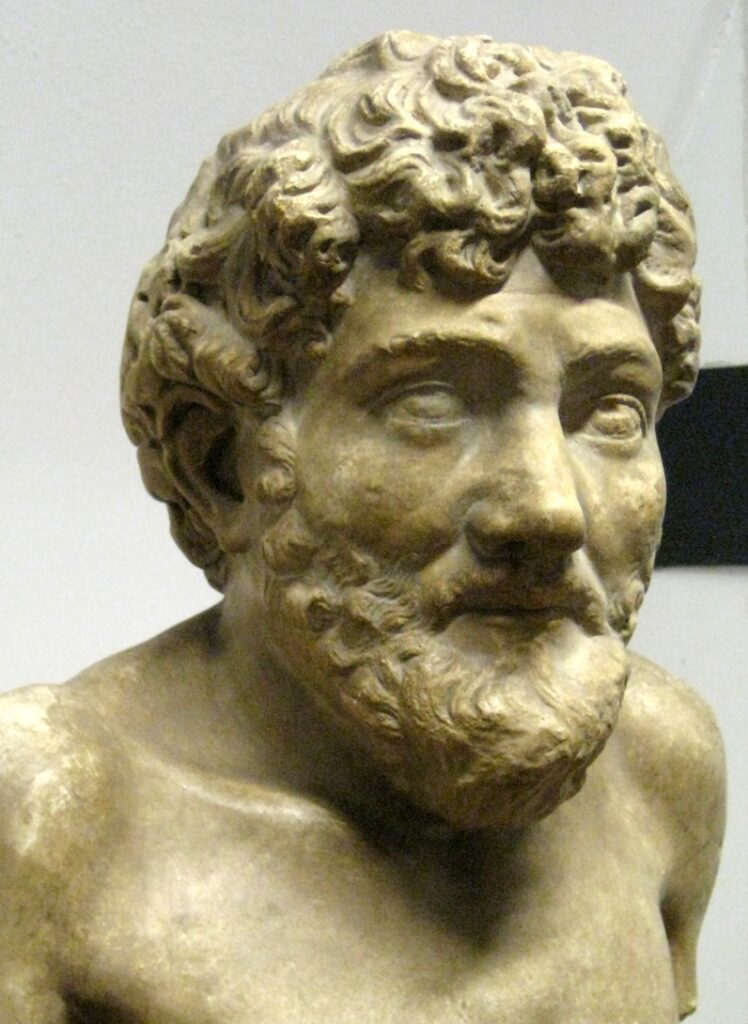
Aesop
Aesop was a Greek fable writer who lived in the 6th century BC. He probably came from Phrygia. According to tradition, he was a slave, but thanks to his literary skills he regained freedom.
Aesop’s main area of work is animal fables.
They have the character of parables. A significant feature of these works is their allegorical meaning. It consists in the fact that animal characters in fairy tales are metaphors for specific life attitudes and character traits.
In the literary tradition, there is the term “Aesopian language”, which comes from the work of this Greek fabulist.
It’s about constructing a way of artistic expression that has a double meaning.
Aesopian language in literature has become synonymous with prison language, which writers use to omit censorship.
It was used, for example, by Eliza Orzeszkowa in “Nad Niemnem” or by writers of the Polish People’s Republic who smuggled political content in historical costumes, e.g. Jerzy Andrzejewski in the novel “Darknesses hide the earth”.
“The Doll” uses silence. What contemporary readers do not notice is obvious to those living at that time – the lack of even a word about Russians, about life under partitions.
Where can you see it?
Homer’s monument – Delphi
Petrified Sequoia Forest – the island of Lesvos
Plato’s statue – Athens
Theater of Dionysus – Athens

